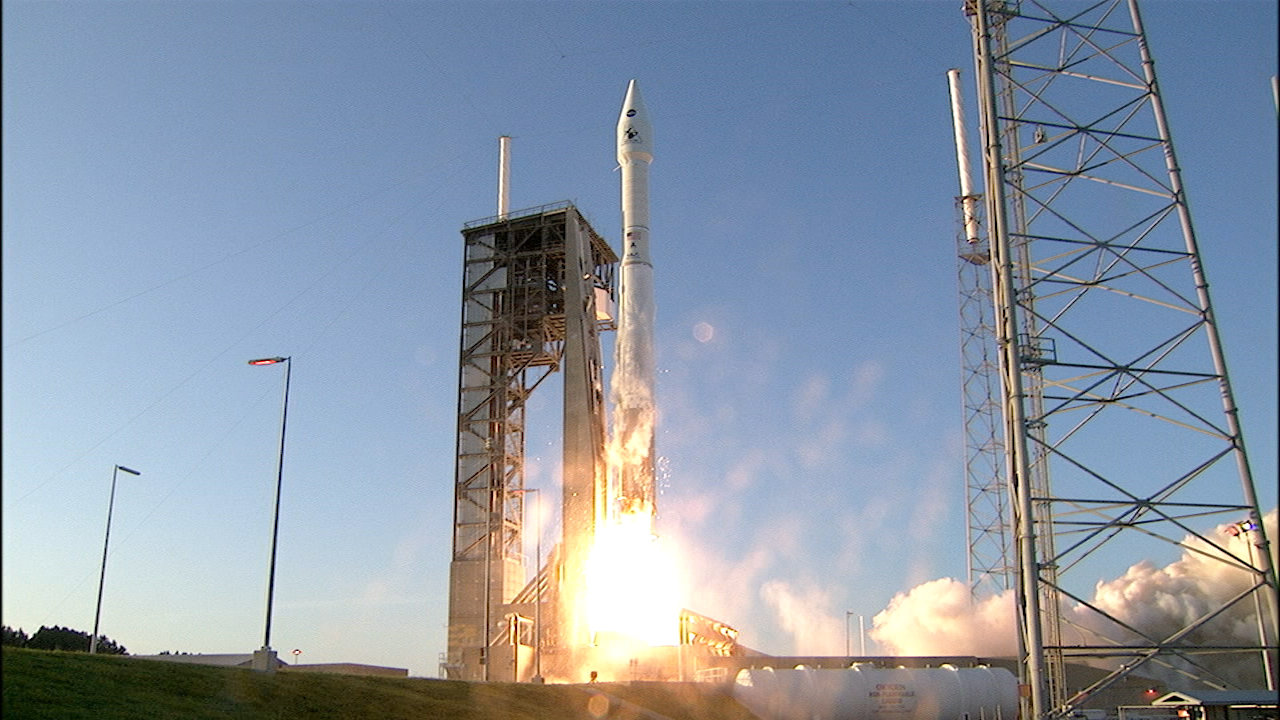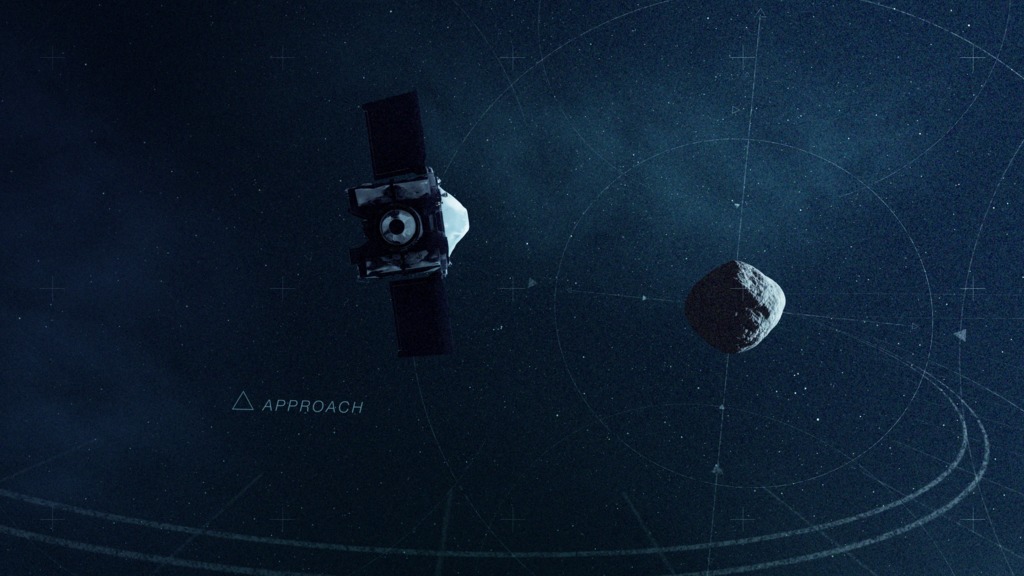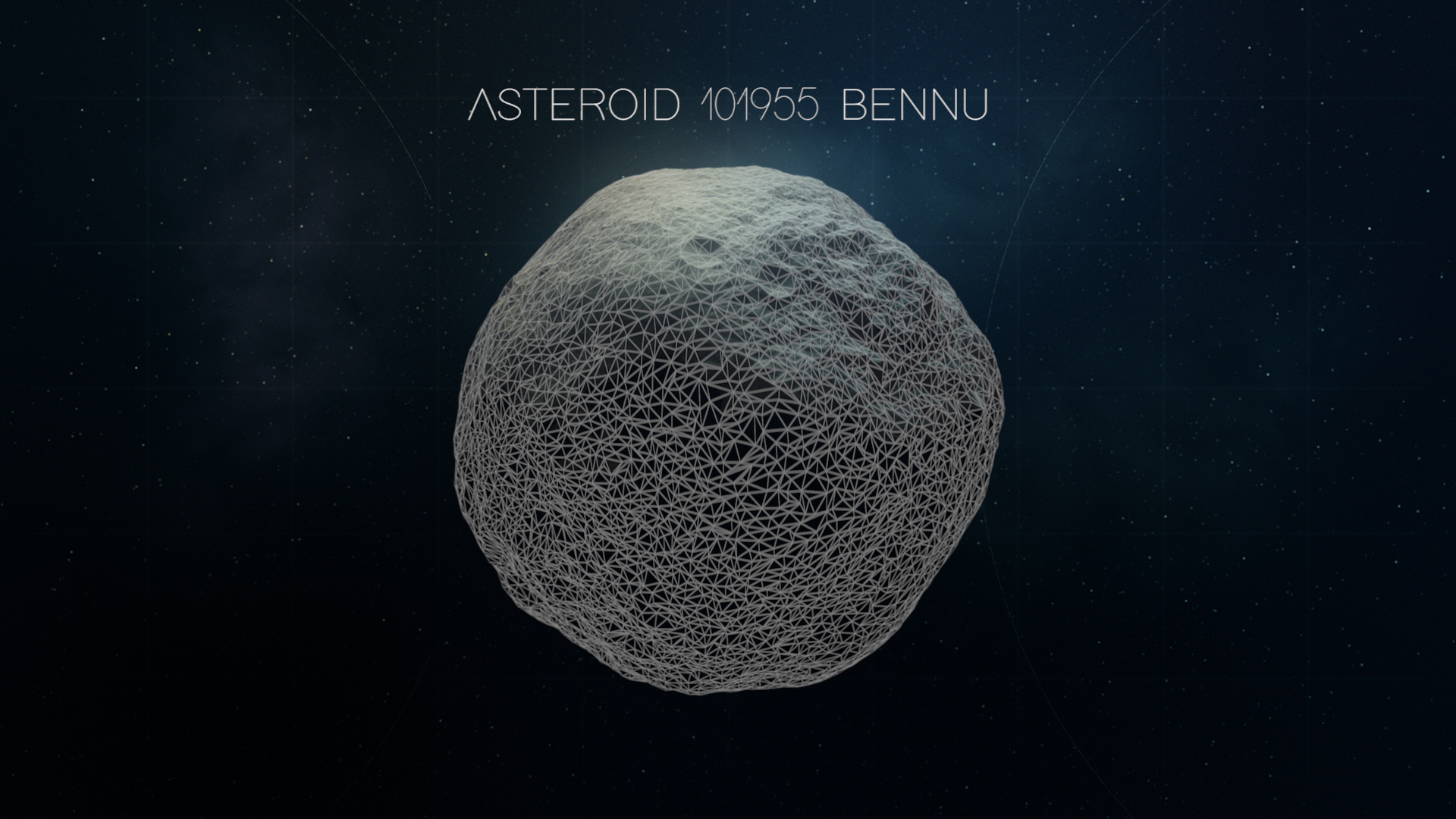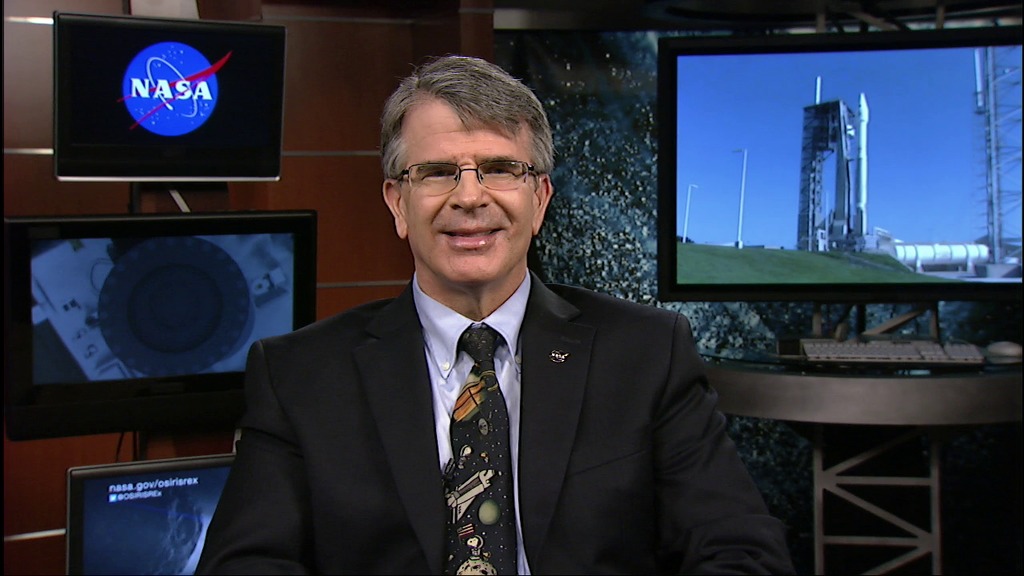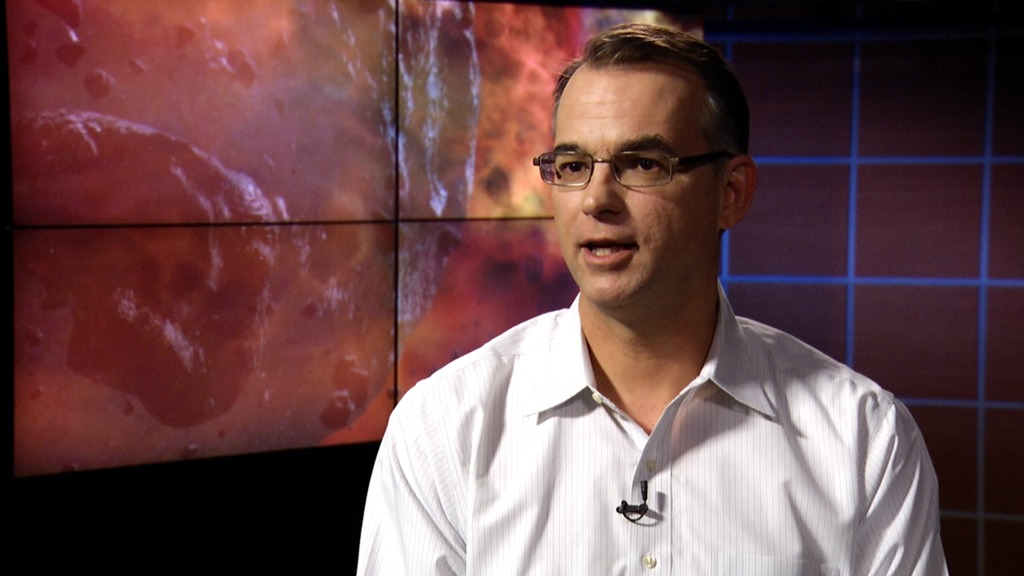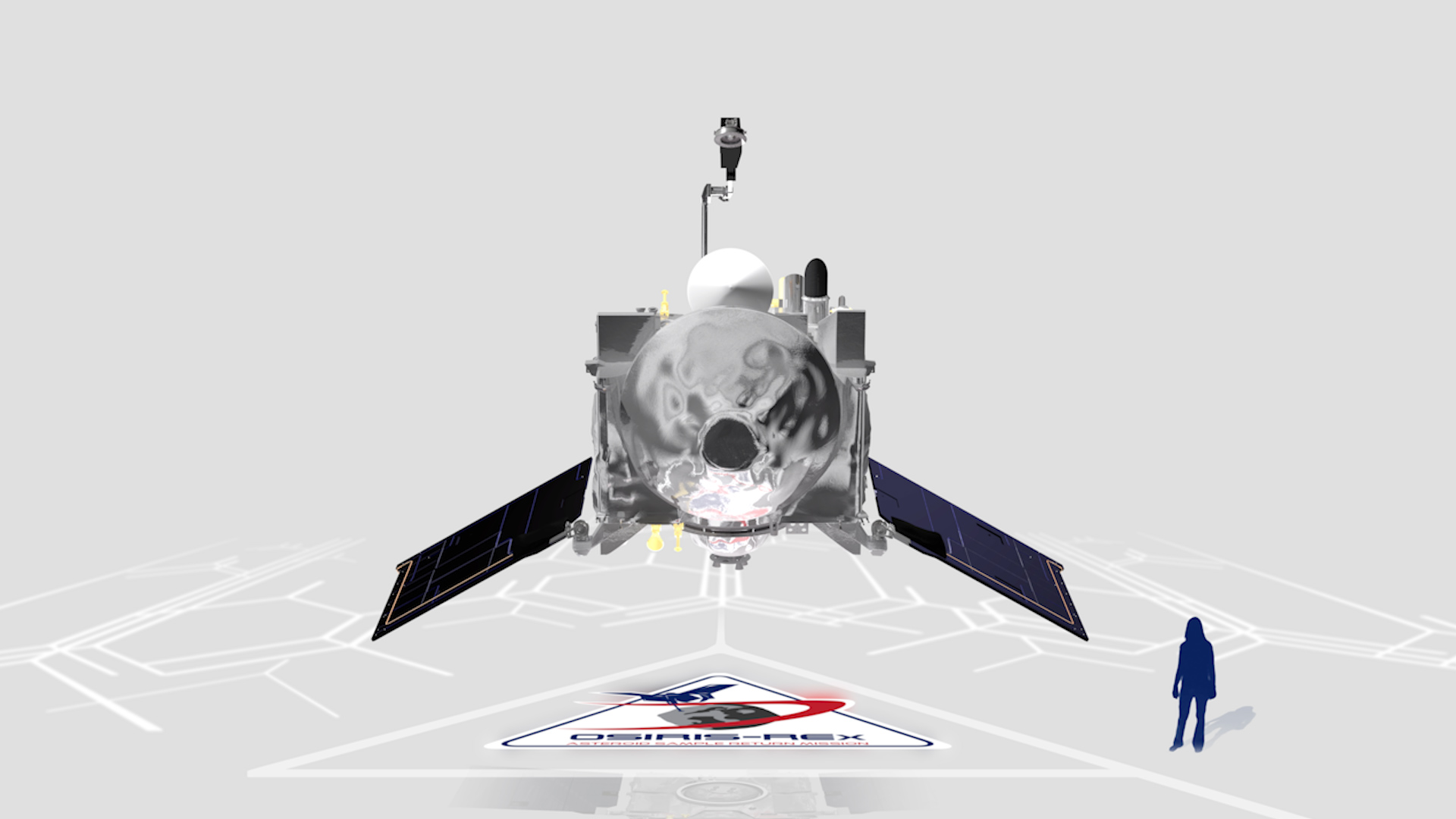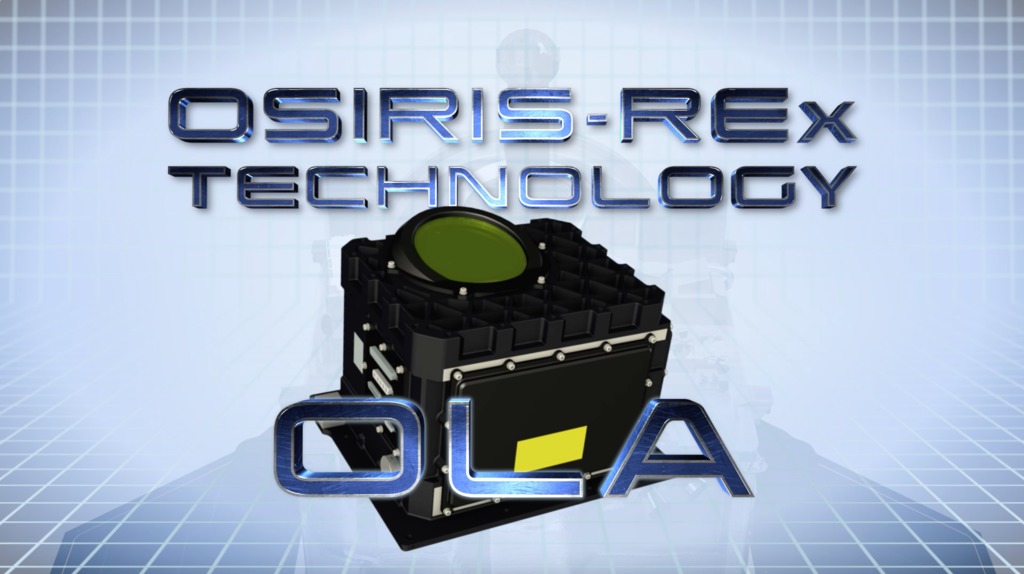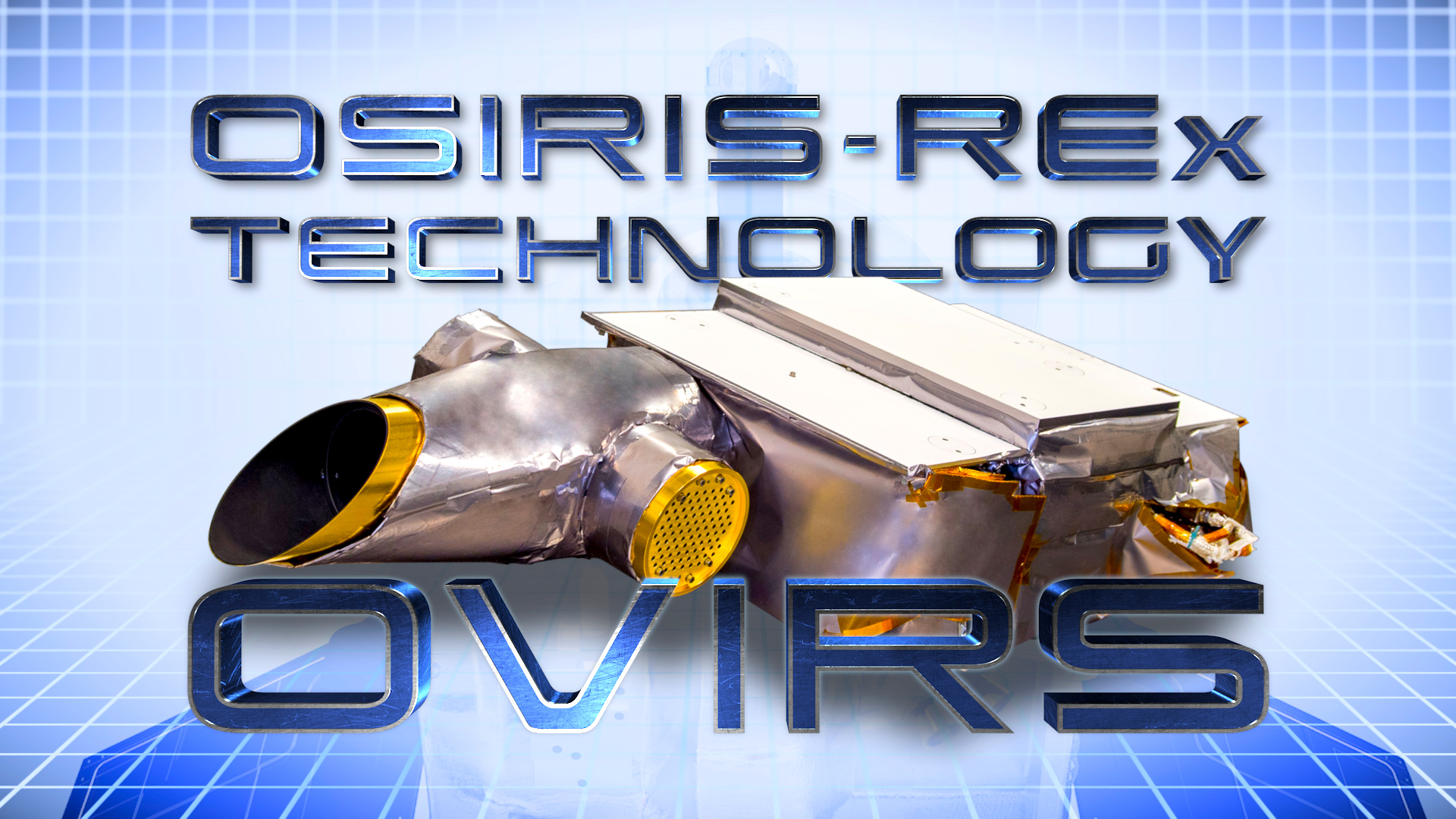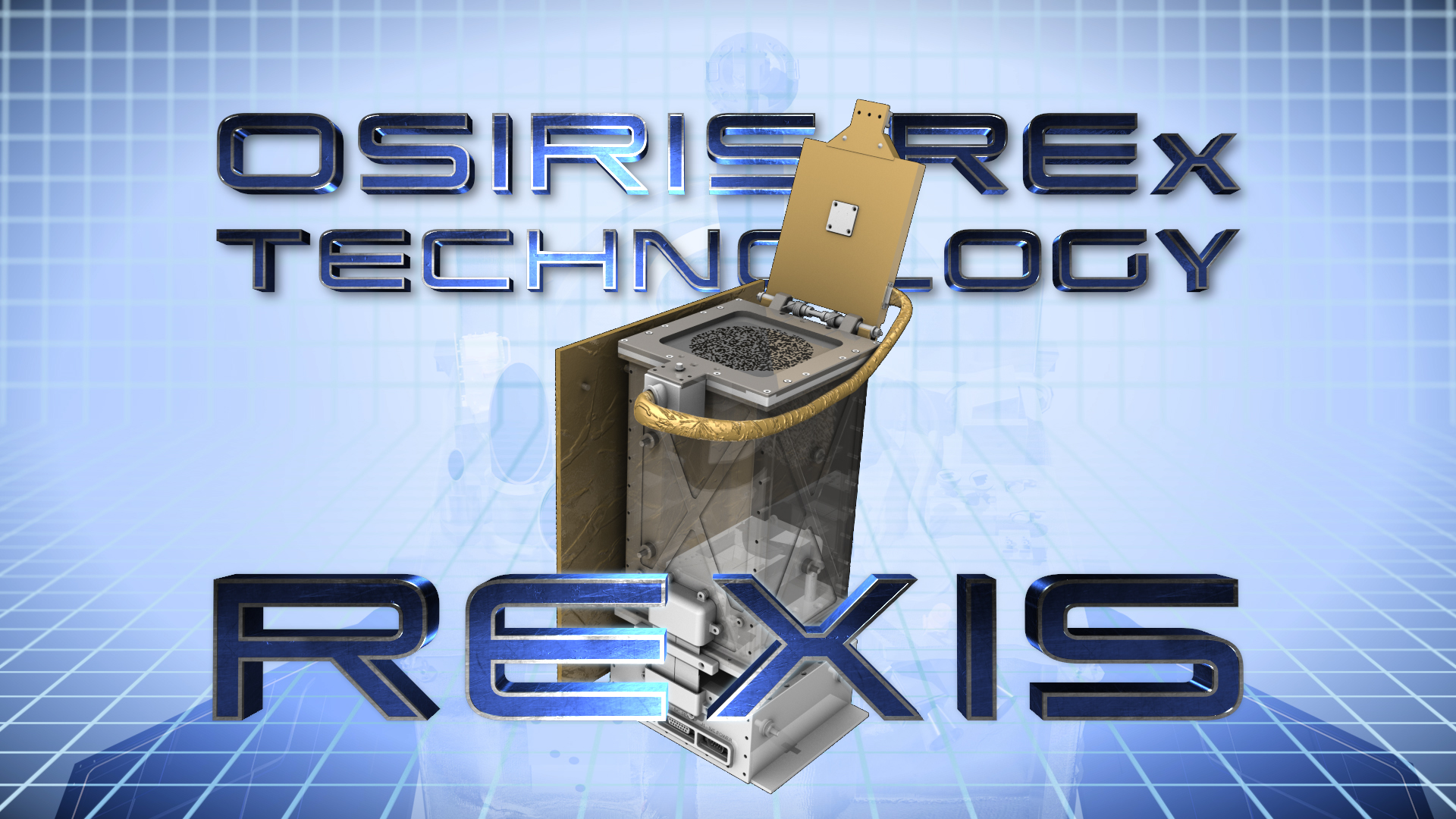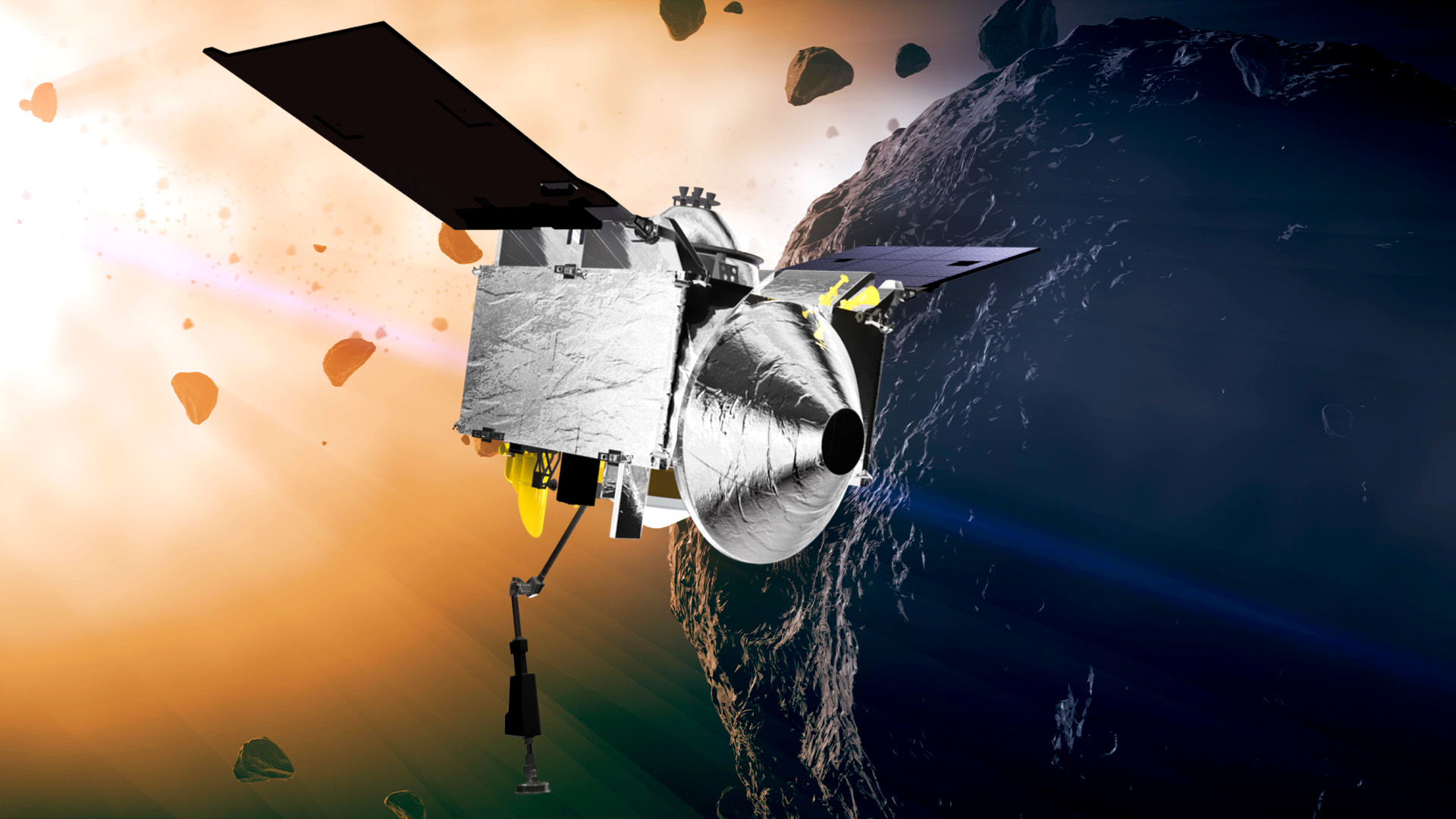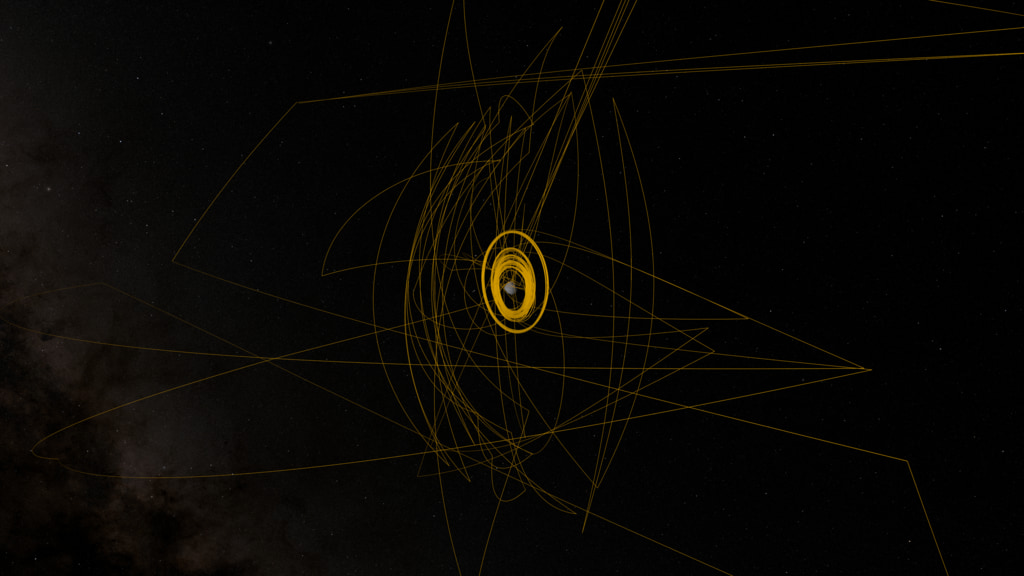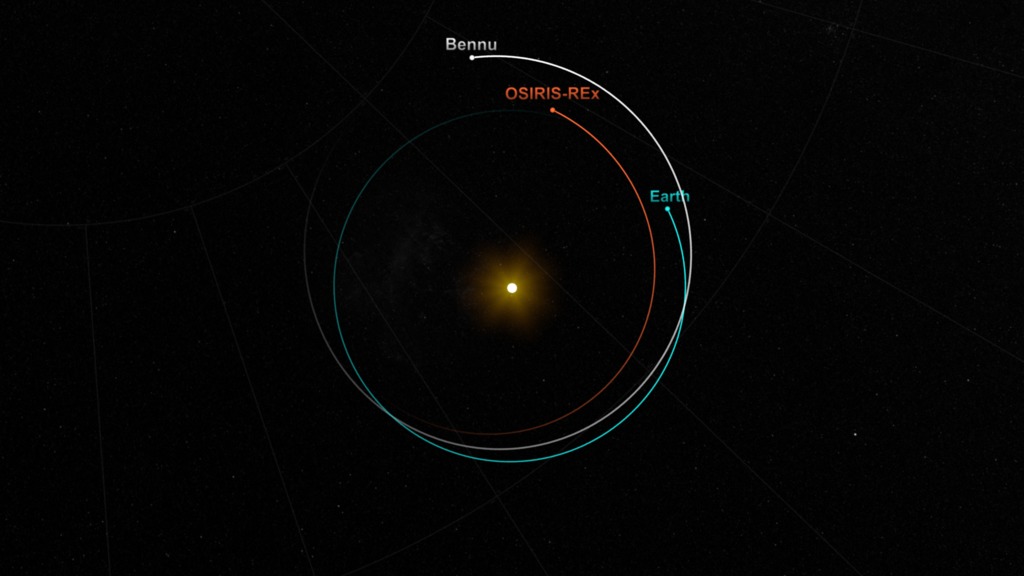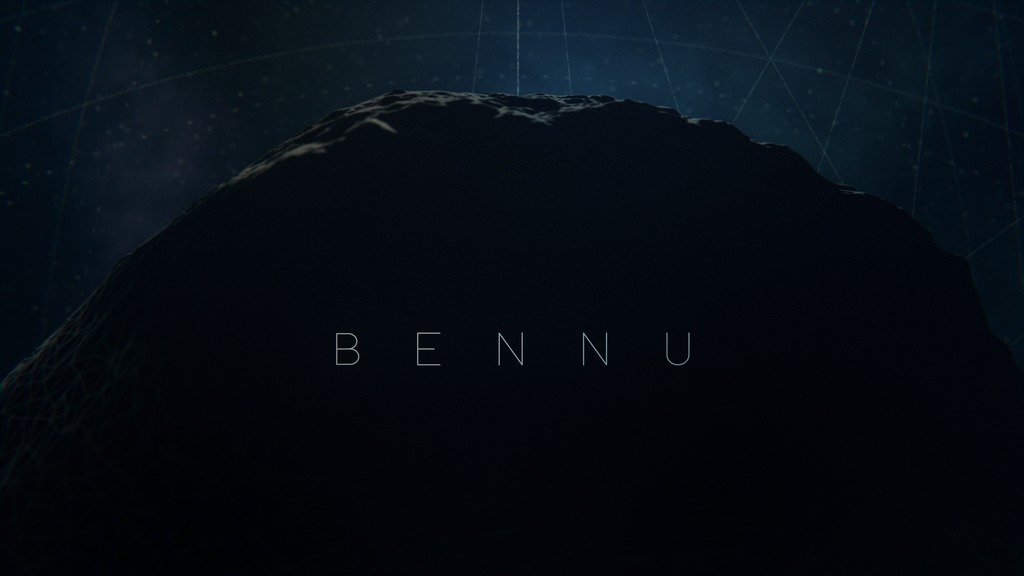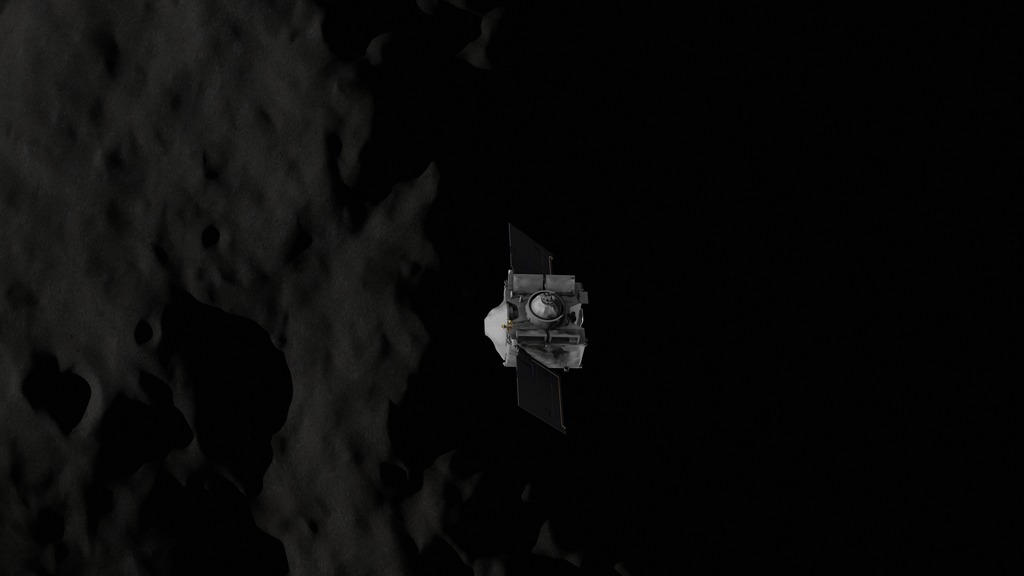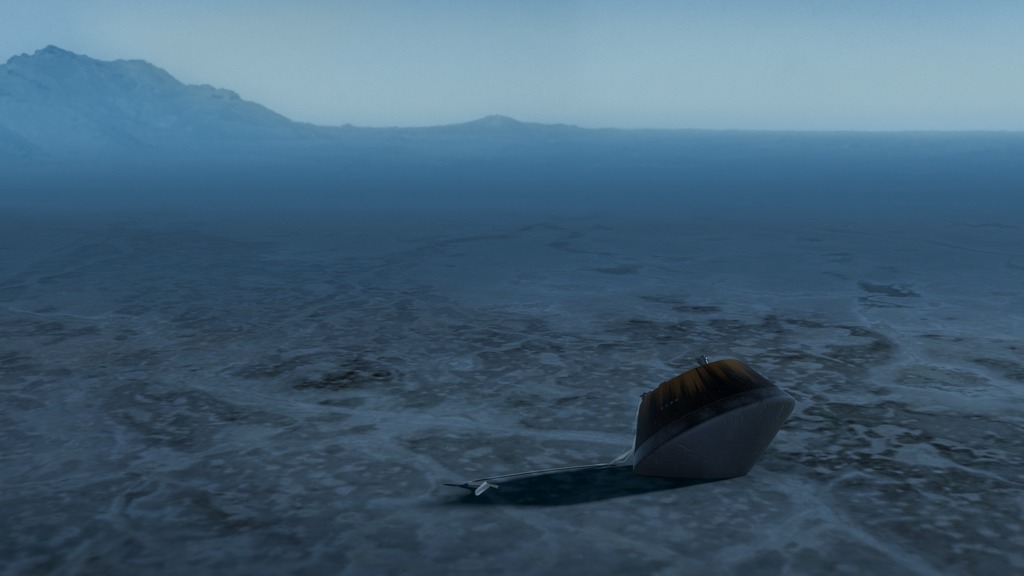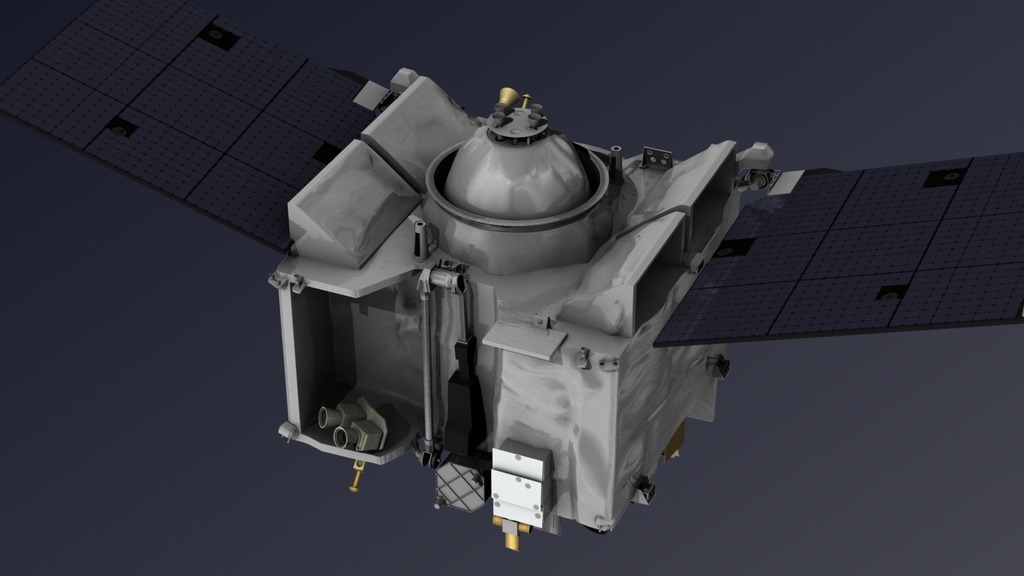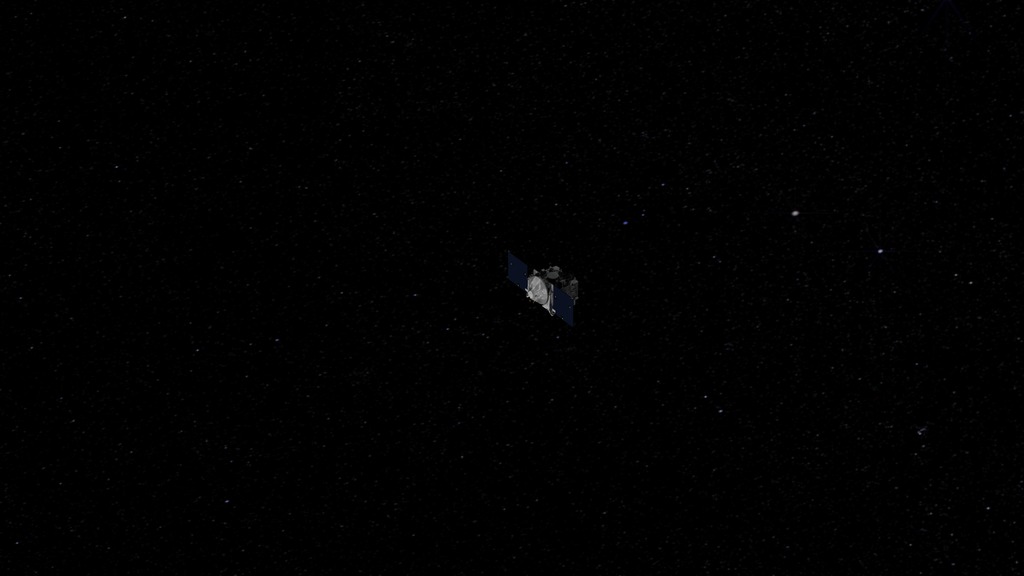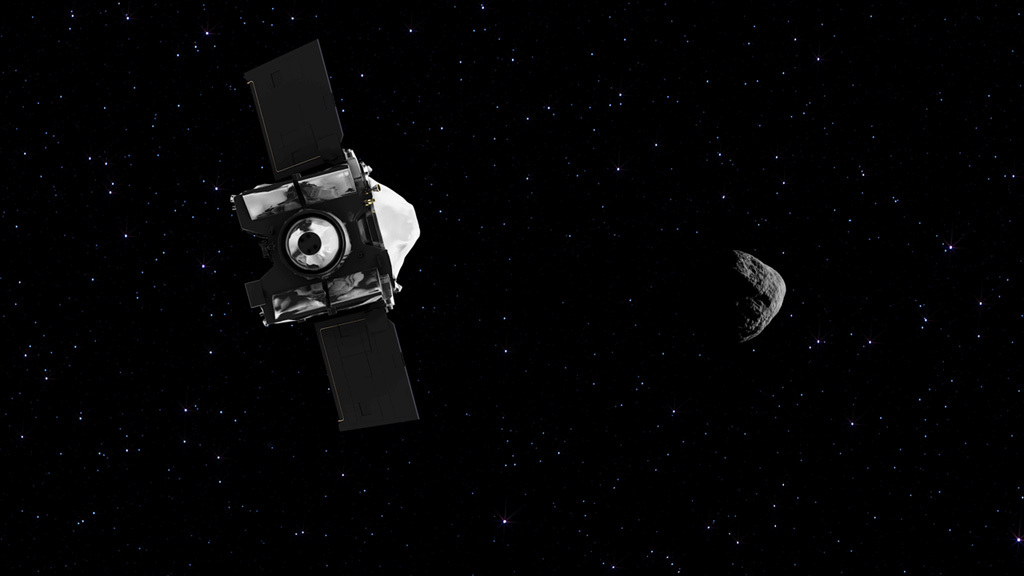To Bennu and Back
NASA's latest New Frontiers mission, OSIRIS-REx, will venture to a near-Earth asteroid to discover clues about the unique resources asteroids hold, processes that affect asteroids' orbital paths and their potential for impacting Earth, and the origins of life in the solar system. In addition, OSIRIS-REx will collect a sample from the surface of the asteroid and return it to Earth for generations of scientists to study and analyze, making this the first American asteroid sample return mission and the largest sample returned from an extraterrestrial body since Apollo.
OSIRIS-REx's launch window opens September 8, 2016.
This is the journey #ToBennuAndBack.
To Bennu and Back
Music credits:
"Defenders of the Earth" and "Finding Gaia" by Daniel Jay Nielson [ASCAP]; Atmosphere Music Ltd PRS; Volta Music; Killer Tracks Production Music
For More Information
Credits
Please give credit for this item to:
NASA's Goddard Space Flight Center
---
NASA's Goddard Space Flight Center in Greenbelt, Maryland, provides overall mission management, systems engineering and safety and mission assurance for OSIRIS-REx. Dante Lauretta is the mission's principal investigator at the University of Arizona. Lockheed Martin Space Systems in Denver built the spacecraft. OSIRIS-REx is the third mission in NASA's New Frontiers Program. NASA's Marshall Space Flight Center in Huntsville, Alabama, manages New Frontiers for the agency's Science Mission Directorate in Washington.
-
Producer
- Katrina Jackson (USRA)
-
Editor
- Katrina Jackson (USRA)
-
Narrator
- Katrina Jackson (USRA)
-
Animators
- Walt Feimer (HTSI)
- Michael Lentz (USRA)
- Lisa Poje (USRA)
- Adriana Manrique Gutierrez (USRA)
- Kel Elkins (USRA)
-
Artistic director
- Michael Lentz (USRA)
Release date
This page was originally published on Tuesday, September 6, 2016.
This page was last updated on Wednesday, May 3, 2023 at 1:48 PM EDT.
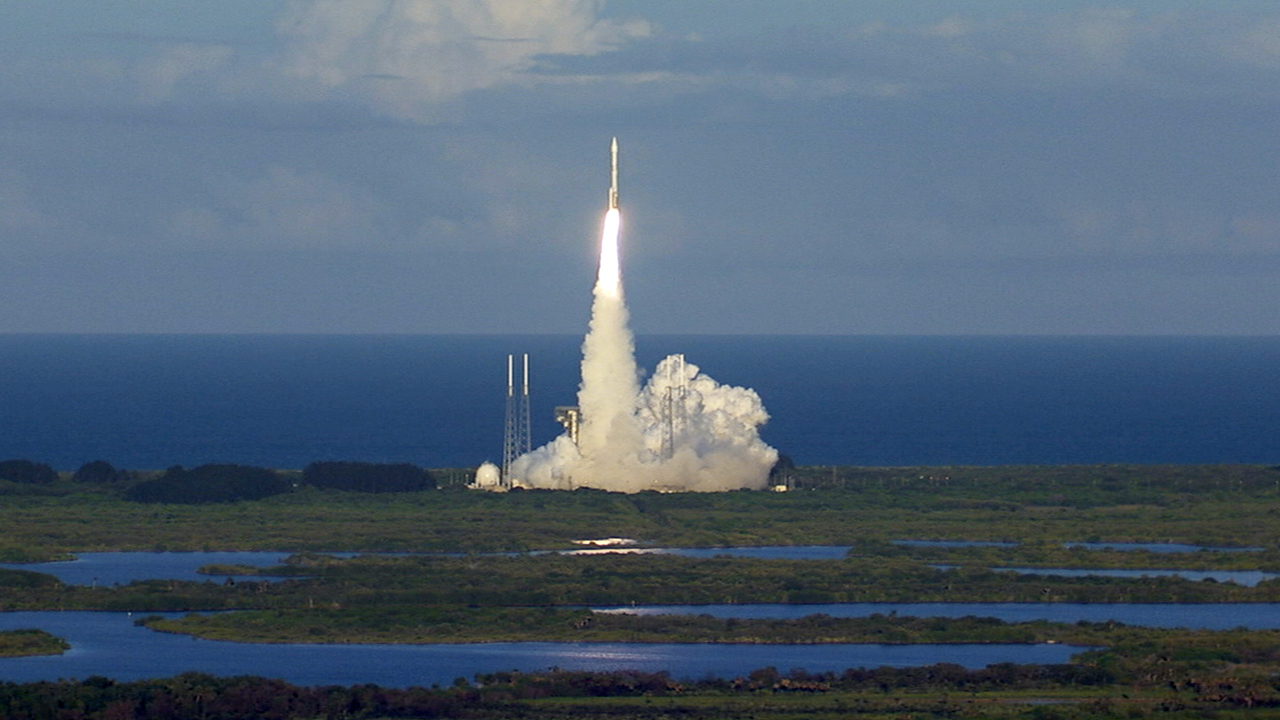
![The OSIRIS-REx camera suite will provide global maps and close-up images of asteroid Bennu, along with information about the carbon-rich asteroid's chemical makeup.This video is available for download in 4k resolution.Watch this video on the NASA Goddard YouTube channel.
Complete transcript available.Music Credits: "Ultimate Question" and "Victory Or Failure" by Guy & Zab Skornik [SACEM]](/vis/a010000/a012400/a012443/OCAMS_Preview_12443.jpg)
